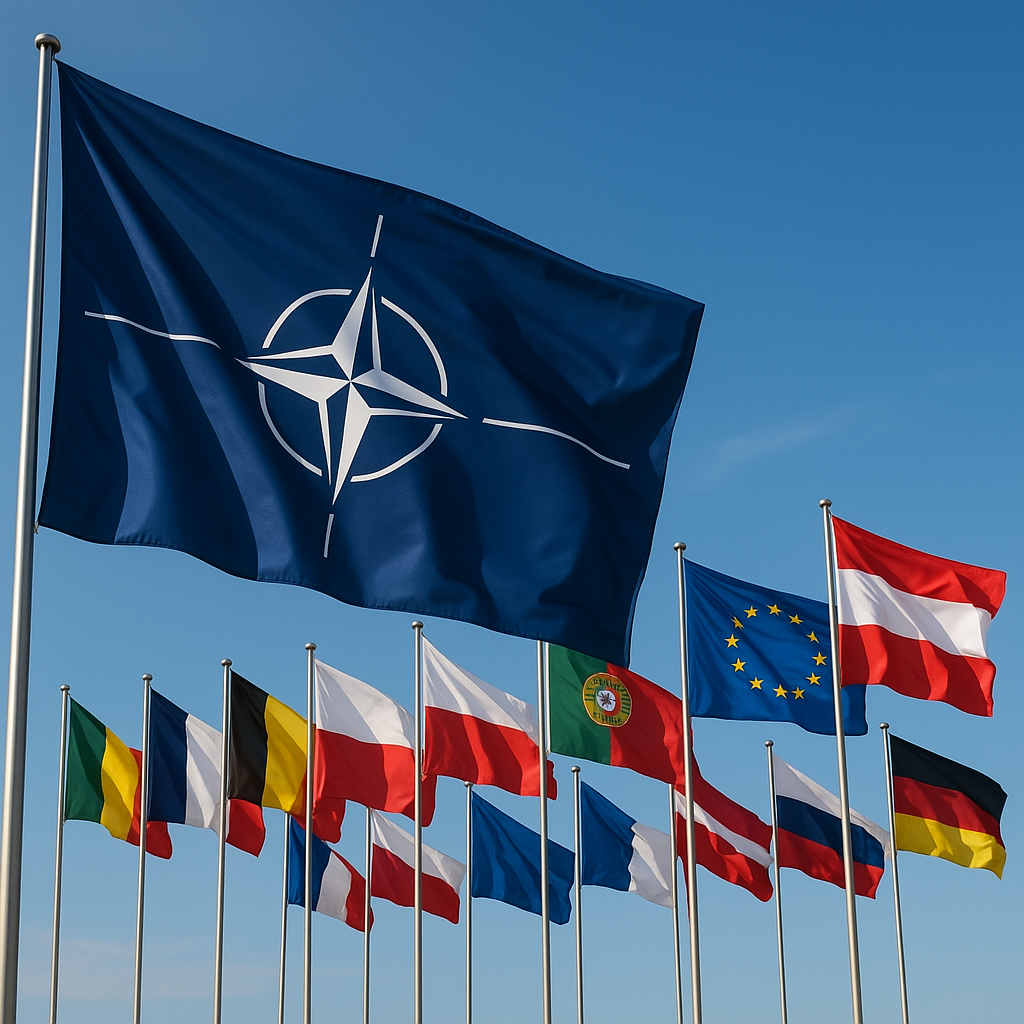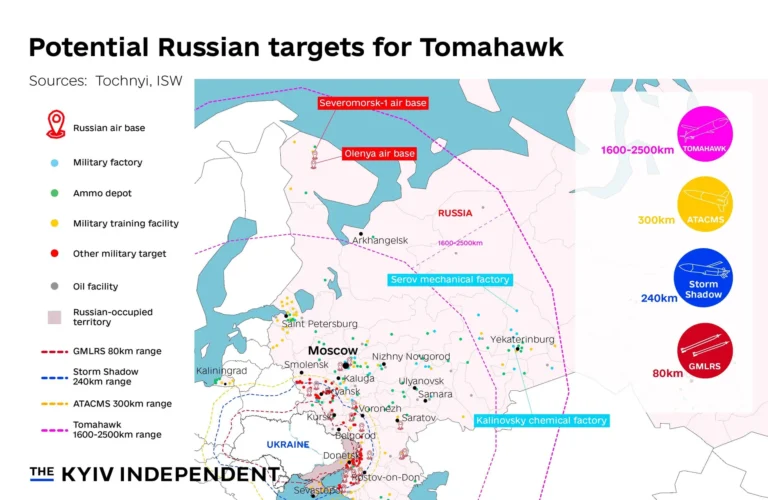
When NATO leaders gathered this week in The Hague, it should have been a pivotal moment for unity in the face of Russian aggression. But instead of rallying around Ukraine, the summit was defined by caution, political balancing acts, and one overpowering figure: Donald Trump.
Distraction by Design?
The timing couldn’t have been worse. Just days before the summit, a deadly Russian strike on Kyiv killed at least nine civilians. President Zelensky, visiting London in the aftermath, pleaded for renewed support: more weapons, tougher sanctions, and a clear message to Moscow.
But attention had already shifted.
The sudden U.S. entry into a conflict between Israel and Iran turned the world’s gaze toward the Middle East. A tentative cease-fire, hastily announced by President Trump, became the summit’s main talking point. Whether that cease-fire held seemed almost secondary. What mattered most was appearances, keeping the summit short, smooth, and centered on giving Trump a symbolic win.
The 5 Percent Summit
For NATO Secretary General Mark Rutte, the goal was straightforward: showcase alliance unity and hand Trump a victory on military spending. Trump has long demanded that NATO members drastically increase their defense budgets, now calling for 5% of GDP, more than double the alliance’s current commitment and even higher than the 3,4% the USA is spending at the moment.
To appease him, allies agreed to a “5 percent framework”: 3.5% for traditional defense, and 1.5% for infrastructure, healthcare, and civilian resilience. The deal was vague on timing and compliance, and Spain publicly objected. But Rutte’s strategy was clear: don’t sweat the details, just make Trump feel like he won.
He even released an effusive message praising Trump for making Europe “pay in a BIG way” and for “extraordinary” action in Iran. The message, posted by Trump on social media, was confirmed authentic.
Ukraine: From Center Stage to Afterthought
For President Zelensky, the summit was a diplomatic gut punch. In past years, he had been the symbol of NATO resolve, a wartime leader welcomed with standing ovations. This time, he was nearly sidelined.
There was no formal NATO-Ukraine Council. No new roadmap to membership. No major aid packages. Instead, Zelensky was granted a seat at a private dinner and a few quiet bilateral meetings.
The draft summit communiqué made no mention of NATO’s previous promises to eventually admit Ukraine and Georgia. Even language about Russian aggression was toned down, all to avoid antagonizing a president who still won’t fully admit that Russia invaded Ukraine.
This comes after Trump skipped a scheduled meeting with Zelensky at the recent G7 summit and has repeatedly undermined Ukraine’s position, including pushing for the normalization of ties with Moscow.
A War at Risk of Being Forgotten
Back in Ukraine, the war rages on. Russian forces are intensifying their summer offensive. Civilian deaths mount. And U.S. attention, and arms, are drying up.
Zelensky’s visit to the UK, including lunch with King Charles and a meeting with new Prime Minister Keir Starmer, was an attempt to keep Ukraine in the headlines. But the real test was in The Hague. There, the question wasn’t just how much NATO would pledge, but whether NATO still considers Ukraine its fight.
For now, the answer is troubling. As Czech President Petr Pavel put it, the most NATO can hope for right now is to “avoid any disagreements and disunity.” But that’s not leadership. That’s survival.
And Zelensky, facing fewer weapons and a wavering West, is left wondering: Does the alliance still have his back?
☕️ If you found this article insightful and want to support more writing like this, you can buy me a coffee. Every contribution helps me keep researching, writing, and shedding light on stories that matter, even when the spotlight fades.




